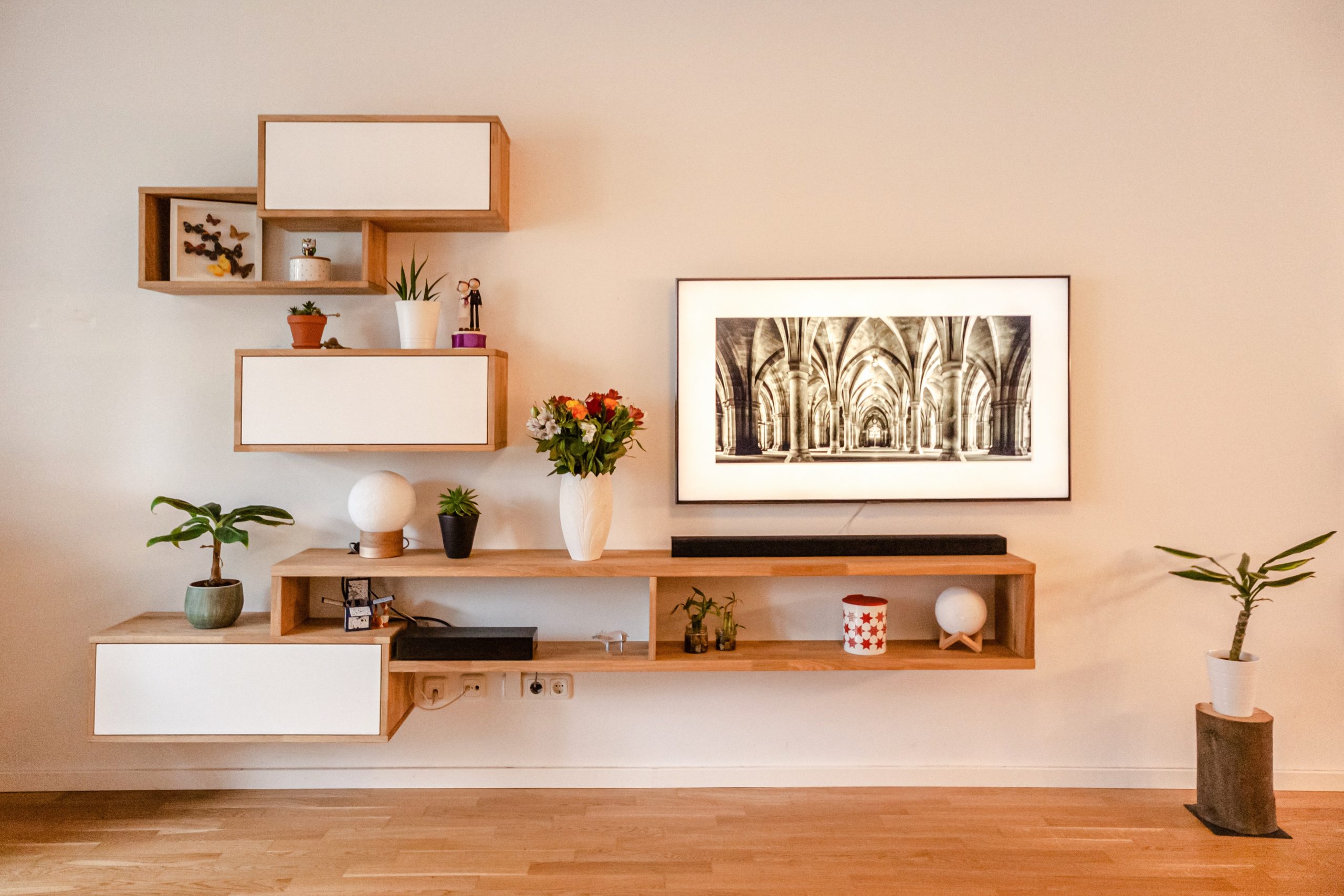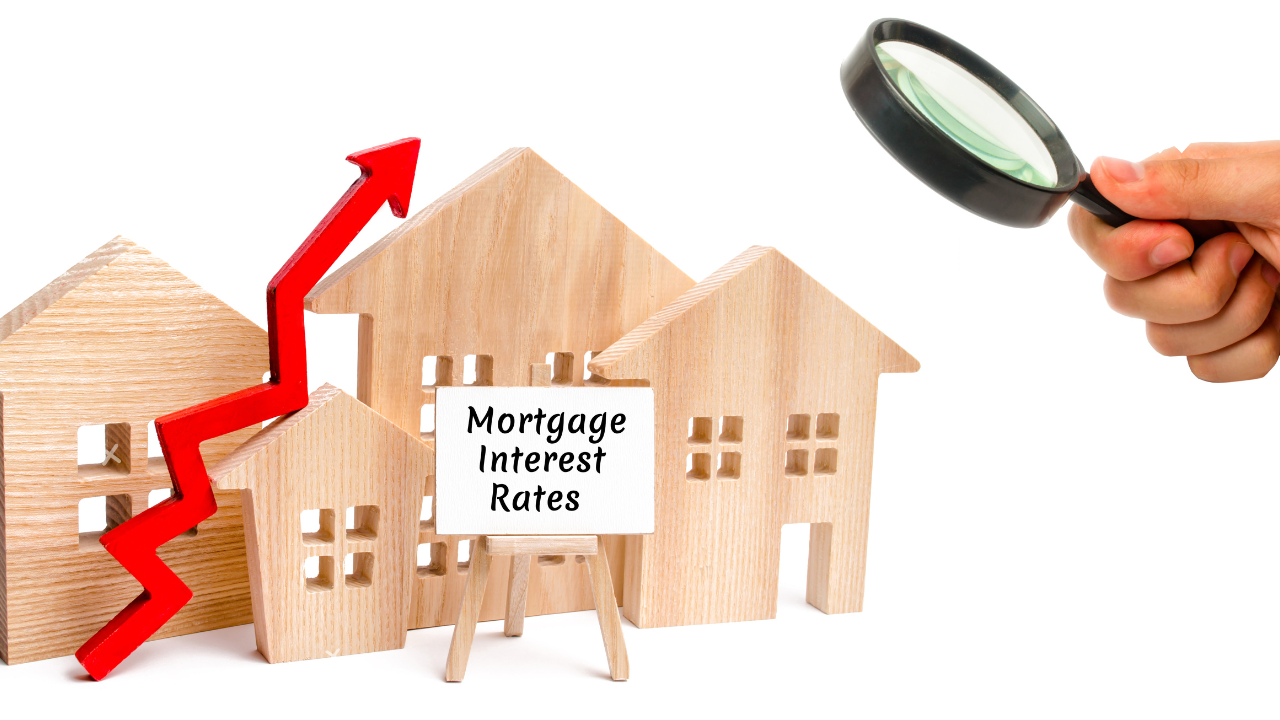When is an interest-only investment loan the right choice?
Investing in property can be a financial juggling act. There’s the initial outlay, repayments, fees, insurances and midnight calls from tenants with flooded apartments.
Interest-only investment loans are one way landlords are keeping costs down. Without the need to repay capital, the monthly payments are lower than for principal-plus-interest loans. This helps to maximise cash flow while continuing to benefit from capital growth. Plus, the extra dosh could mean a deposit on that sweet fixer-upper across town.
Interest-only investment loans can also be great at tax time. The interest you’re paying can sometimes be offset against rental income and other eligible property costs. Investors who opt for interest-only repayments on a fixed rate loan may also be able to claim a tax break for up to twelve months of prepaid interest.
There are heaps of factors to consider before taking out an interest-only loan. Is it the right choice for you?
Be wary of a false economy
A lower monthly payment can make an investment property seem more affordable. However, while you’re not paying off the principal, the amount of interest you’re up for will always be higher.
The Australian Securities and Investments Commission (ASIC) has broken down this cost over time. For example, they found that on a $500,000 loan with a rate of 6%, a borrower making principal plus interest repayments would pay total interest costs of $579,032 over a 30-year term. By contrast, if a borrower opted to make interest-only payments for just five years out of the same 30-year loan, the long-term interest bill would rise to $616,258 – that’s $37,226 more than the alternative.
Some interest-only loans also come with higher interest rates. Shop around to make sure you’re not actually worse off.
Know what you’re buying
While you’re making payments on an interest-only loan, you’re not actually reducing the principal at all. At the end of the loan term, you won’t ‘own’ any more of the property than you did at the beginning. You will still owe the full balance of the mortgage.
Depending on how the market is performing, your property may be worth a lot more than what you paid for it – or a lot less. If the capital growth doesn’t cover the cost of selling, you could be facing a net loss, and that could put a serious dent in your plans for your next property.
It’s probably not forever
You may be planning to turn over your investment property within five years. If not, you might be subject to a big payment increase down the track. Most of these loans offer an interest-only period, after which you’ll be reverted to the interest-and-principle version. That means you’ll start paying interest on the full amount, which can come as a bit of a shock to the budget.
You may have the option to build equity another way: with an offset account. Making extra payments into a linked account will give you the buffer you’d normally get from property equity. And because it’s ‘bonus’ money on top of your interest-only payments, it will be available to redraw for further investments.
Choosing home loans with interest-only payments can help you get your foot in the door sooner. Before you sign, speak to your lender about how much it will really cost you over time.
Want to find out more, feel free to reach out – Carolina@finzen.com.au.







